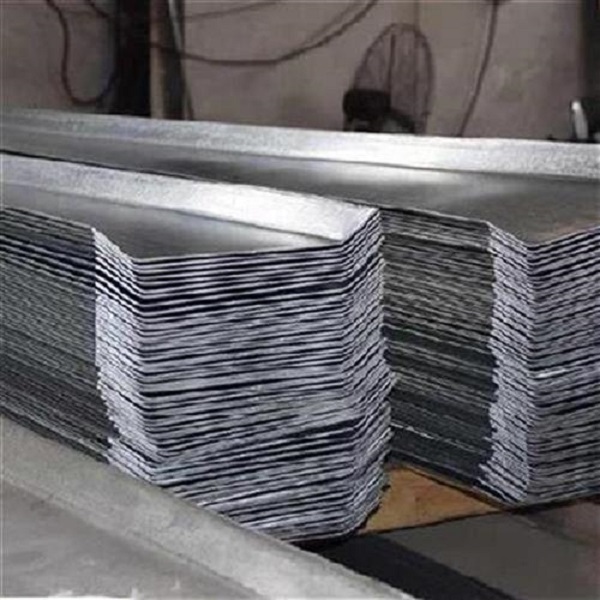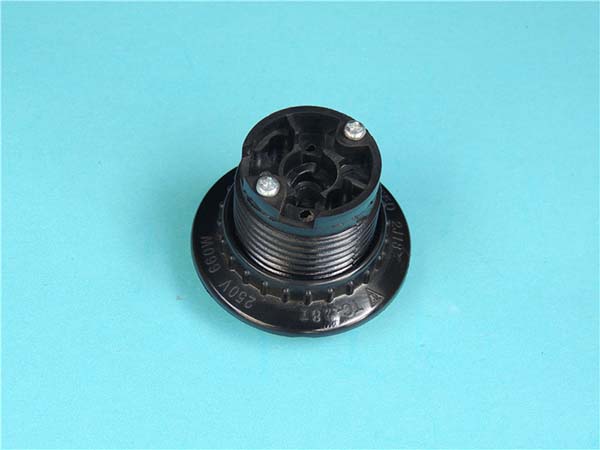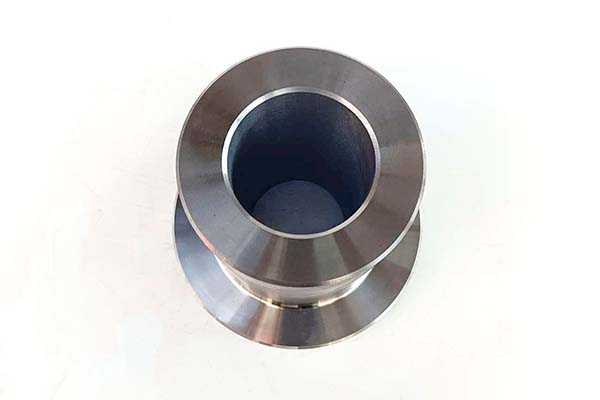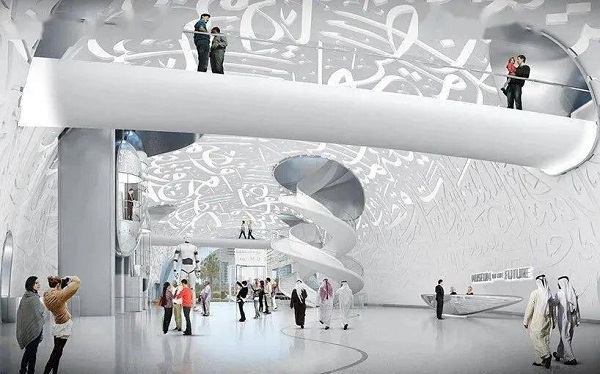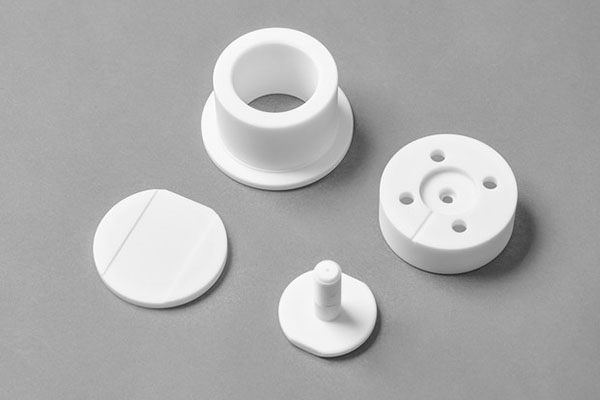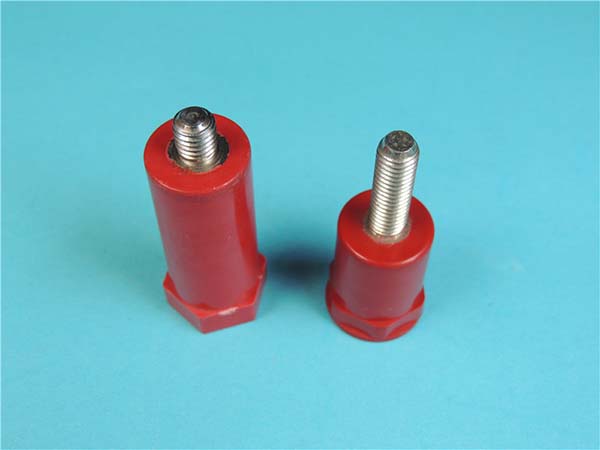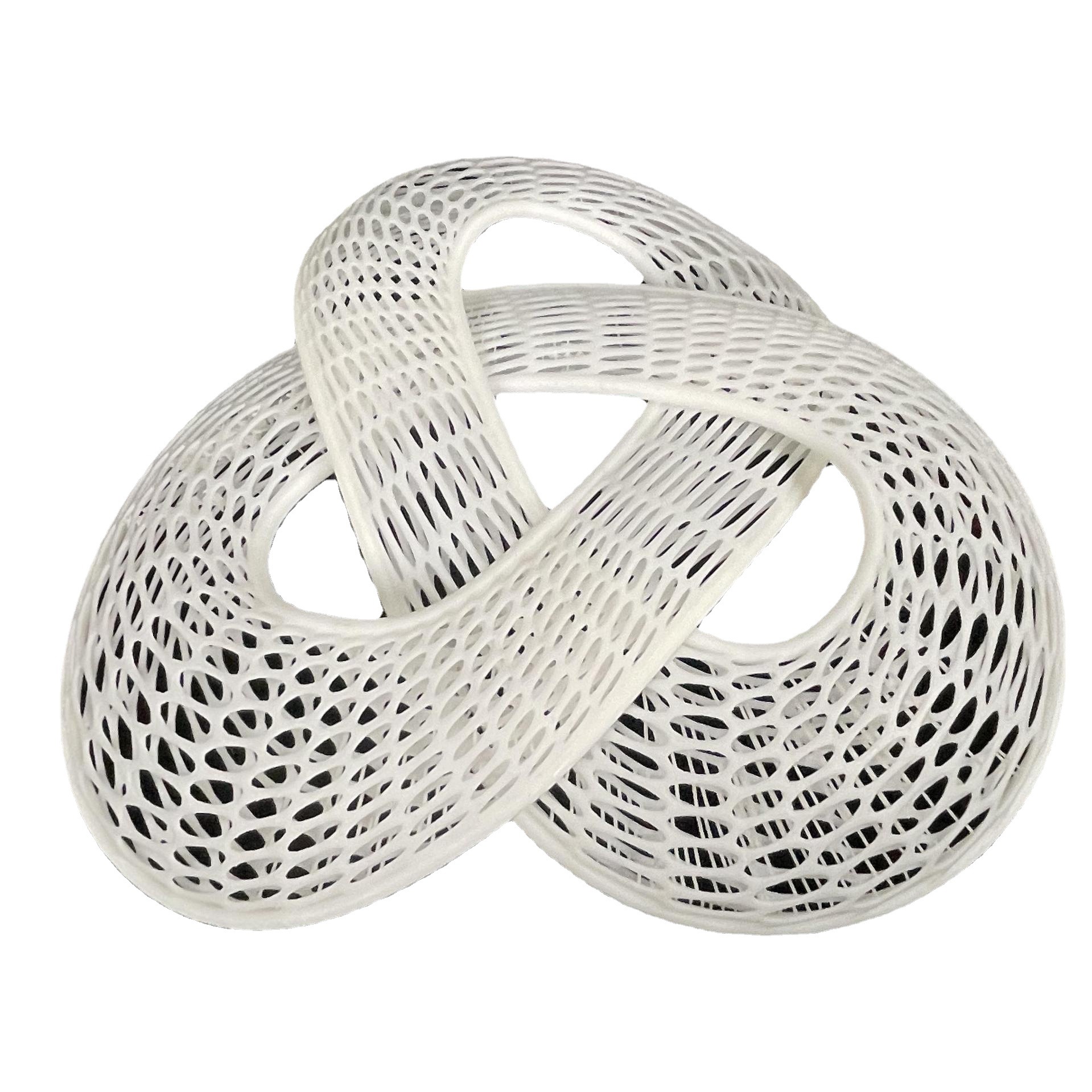How Does 3D Aluminum Printing Service Work?
Understanding the working process of 3D aluminum printing service is essential to appreciate its capabilities. The process can be broken down into four main steps: modeling, slicing, printing, and post - processing.
Modeling
The first step in 3D aluminum printing is creating a 3D model of the object you want to print. This is typically done using Computer - Aided Design (CAD) software. With CAD, designers can create highly detailed and complex 3D models, specifying every dimension, curve, and surface detail. For example, in the design of a custom - made aluminum engine component, CAD allows engineers to optimize the internal structure for better heat dissipation while maintaining the necessary strength.
Alternatively, if you already have a physical object and want to replicate or modify it, 3D scanning can be used. 3D scanners use technologies like laser or structured - light to capture the shape of the object and convert it into a digital 3D model. During this stage, considerations such as the object's intended use, material properties, and manufacturing constraints must be taken into account. For instance, if the printed part will be subjected to high - stress conditions, the design should be reinforced accordingly.
Slicing
Once the 3D model is created, it needs to be prepared for the 3D printer. This is where slicing comes in. Slicing software takes the 3D model and divides it into a series of thin, horizontal layers. Each layer represents a cross - section of the final object. The thickness of these layers, known as the layer height, is a crucial parameter. A smaller layer height results in a smoother surface finish but increases the printing time. For example, for a high - precision aluminum jewelry piece, a very small layer height of 0.1 mm might be chosen to achieve a flawless surface.
The slicing software also generates a G - code, which is a set of instructions that the 3D printer can understand. This code contains information about the movement of the print head, the amount of material to be deposited, and other printing parameters. The quality of the slicing process directly affects the quality of the final printed object.
Printing
In the printing stage, the 3D printer reads the G - code generated during slicing and starts building the object layer by layer. There are different 3D printing technologies used for aluminum printing, such as Selective Laser Melting (SLM) and Electron Beam Melting (EBM).
In SLM, a high - power laser is used to selectively melt aluminum powder layer by layer. As the laser scans over the powder bed, it fuses the powder particles together according to the shape of each layer in the G - code. Key parameters during printing include the laser power, scan speed, and powder bed temperature. For example, a higher laser power can melt the powder more effectively but may also cause more thermal stress in the printed part.
Post - processing
After the 3D printing is complete, the printed aluminum object usually requires post - processing. Common post - processing steps include:
- Sanding: This helps to smooth the surface of the printed part, removing any rough edges or layer lines. It is often the first step in improving the aesthetics of the printed object.
- Polishing: For a high - gloss finish, polishing is carried out. This can be especially important for decorative aluminum items or parts that require a sleek appearance.
- Heat treatment: Heat treatment can improve the mechanical properties of the printed aluminum. For example, it can relieve internal stresses, increase hardness, and enhance fatigue resistance. This is crucial for parts used in high - stress applications like aerospace components.
Comparison with Other Printing Services
When considering manufacturing options, it's crucial to compare 3D aluminum printing service with other traditional printing services. Here is a detailed comparison in terms of cost, speed, precision, and complexity:
| Aspect | 3D Aluminum Printing | Traditional Printing (e.g., Casting, Milling) |
| Cost | Low tooling cost as there is no need for expensive molds or dies, which is especially beneficial for small - batch production. For example, for a batch of 100 custom - designed aluminum parts, 3D printing can save up to 50% on tooling costs compared to traditional casting.Material cost per unit may be higher initially, but with the reduction in waste, it can be cost - effective in the long run, especially for complex shapes. | High tooling costs for molds and dies, making it costly for small - batch production. For the same batch of 100 parts, the tooling cost for casting could be several thousand dollars.Material cost per unit can be lower for large - scale production due to bulk purchasing, but waste is often significant. |
| Speed | Quick turnaround for prototyping and small - batch production. A simple aluminum prototype can be printed within a few hours, accelerating the product development cycle.Printing speed can be affected by the complexity of the model and the size of the object. | Long lead times for tooling preparation and production, especially for complex parts. For a complex aluminum component, the production time from design to finished product can be weeks or even months in traditional manufacturing.Once tooling is set up, production speed for large - scale production can be relatively fast. |
| Precision | High precision with the ability to achieve tolerances as low as ±0.1mm in some advanced 3D printers. This is suitable for applications that require tight tolerances, such as aerospace components.The precision can be further improved through post - processing techniques. | Variable precision depending on the process. Milling can achieve high precision but may require multiple operations and complex set - ups. For example, milling an aluminum part to a tolerance of ±0.1mm may involve multiple passes and high - end machinery.Casting may have less precision, especially for complex geometries, often resulting in additional machining to meet the required tolerances. |
| Complexity | Can handle highly complex geometries with internal structures, overhangs, and intricate details. For instance, it can print a heat exchanger with complex internal channels for efficient cooling.Design freedom allows for the creation of parts that are impossible or extremely difficult to manufacture with traditional methods. | Limited in the complexity of shapes that can be produced without extensive and costly additional operations. Complex internal structures may require multiple assembly steps or be unfeasible to produce directly.Traditional methods often rely on subtractive processes, which can be challenging for creating complex, lightweight structures. |
From the comparison above, it's clear that 3D aluminum printing has its unique advantages, especially for applications that require high design freedom, fast turnaround, and complex geometries. However, traditional printing services still have their place in large - scale production with simple geometries and high - volume demands.
Yigu Technology's View
As a non - standard plastic metal products custom Supplier, Yigu Technology highly values 3D aluminum printing service. We firmly believe that it holds great promise in the manufacturing industry. This technology aligns perfectly with our commitment to providing high - quality custom solutions.
With 3D aluminum printing, we can offer more intricate and customized designs for our clients. It enables us to break free from the limitations of traditional manufacturing, allowing for the creation of unique metal products. For example, in producing non - standard plastic - metal composite parts, 3D aluminum printing helps us achieve better integration of different materials, enhancing the overall performance of the products. We can now respond more quickly to clients' special requests, reducing lead times and improving customer satisfaction. By leveraging this technology, Yigu Technology aims to stay at the forefront of the custom - manufacturing field and continue to provide innovative solutions.
FAQ
What materials can be used in 3D aluminum printing?
Commonly used materials in 3D aluminum printing are aluminum - based alloys. One of the widely used alloys is AlSi10Mg. It has good fluidity during the printing process, which allows for precise deposition of the material layer by layer. This alloy offers a good balance between strength and ductility. For example, in automotive applications, parts printed with AlSi10Mg can withstand mechanical stresses during vehicle operation while maintaining relatively light weight, contributing to fuel efficiency.
Another alloy is AlMgScZr. It provides high strength and excellent fatigue resistance. In aerospace applications, components made from this alloy can endure the harsh operating conditions in space, such as high - speed impacts from space debris and extreme temperature variations.
How accurate is 3D aluminum printing?
The accuracy of 3D aluminum printing can typically achieve tolerances in the range of ±0.1 - 0.3mm, depending on the printing technology and equipment used. For instance, in Selective Laser Melting (SLM) technology, high - end industrial printers can reach tolerances as low as ±0.1mm.
However, several factors can affect the accuracy. Material shrinkage during the solidification process after melting can cause dimensional changes. Also, the layer height set during the slicing process plays a role. A larger layer height may speed up the printing process but can lead to a rougher surface finish and potentially lower accuracy, while a smaller layer height improves accuracy but increases printing time.
What is the cost of 3D aluminum printing service?
The cost of 3D aluminum printing service is composed of multiple elements. The equipment cost is significant, as high - quality 3D printers for aluminum printing can be quite expensive. The price of the printer is amortized over the number of prints it produces.
Material cost is another major part. Aluminum powder, which is commonly used in powder - bed - based 3D printing methods like SLM, has its own market price, and the amount used depends on the size and complexity of the printed object.
Labor cost also contributes to the overall expense. Skilled technicians are needed to operate the printer, perform post - processing, and ensure the quality of the prints.
Moreover, the cost is highly influenced by the complexity and size of the model. A complex model with intricate internal structures may require more printing time and additional support structures, thus increasing the cost. Larger models naturally consume more materials, leading to higher costs as well.
